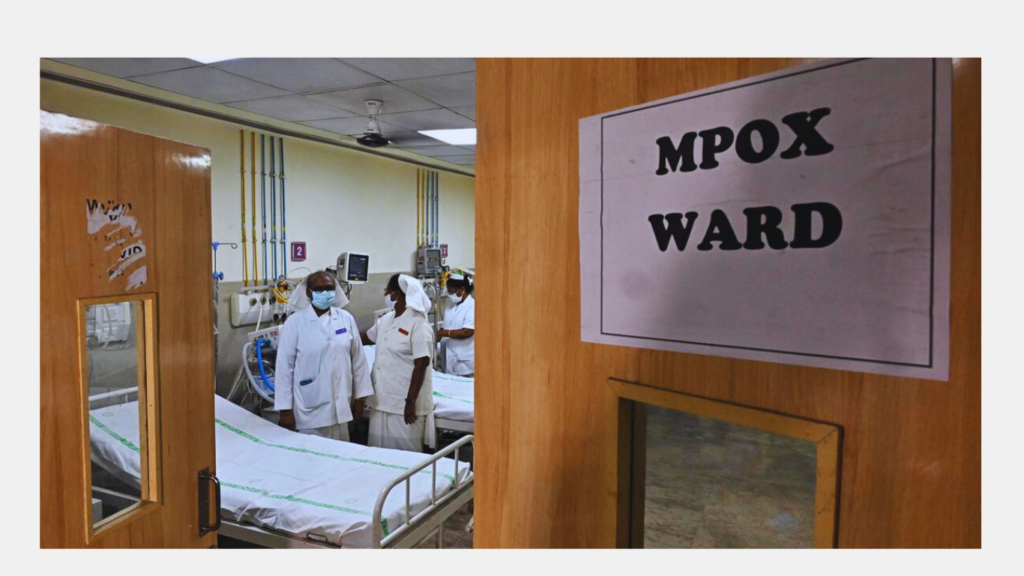Kerala’s Health Minister, Veena George, stated that the Mpox sufferer, a 38-year-old male coming back from the United Arab Emirates, had been segregated and was receiving treatment in a hospital.
Thiruvananthapuram: On Wednesday, Kerala verified the second case of monkeypox in India. The state has stated that the patient has been segregated and is receiving care in compliance with accepted medical practices.
A 38-year-old Malappuram man tested positive after returning from the United Arab Emirates, according to Health Minister Veena George. She said the man appropriately isolated himself from his family after recognizing symptoms, and he was subsequently admitted to the government-run Manjeri Medical College for treatment.
Ms. George also encouraged the public to get treatment and notify the Health Department if they experienced any of the recognized symptoms in a Facebook post.
Nine days ago, India announced the country’s first case: a young guy from western Africa tested positive in Delhi. He has also been placed in isolation to stop the infection from spreading, and he is stable.
The authorities stated that there is now no evidence of a broad risk to the public, adding that tests had verified the existence of the virus’s “clade 2” in the nation and that this specific strain is “similar to 30 cases reported earlier in India, from July 2022 onwards.”
This strain, however, is not included in the public health emergency that the World Health Organization proclaimed last month, according to the authorities. Concerning ‘clade 1’ of the virus, the WHO issued the notification.

All evolutionary offspring of a common ancestor, in this case a specific strain of virus, are referred to as members of a “clade” in biology.
The government sent orders to all states and union territories last week directing them to “review public health preparedness, particularly at health facility level at state and districts by senior officials”.
Health care providers should be informed about symptoms, differential diagnoses, and what to do if Mpox is discovered, particularly those working in skin/STD (sexually transmitted disease) clinics, according to the government.
The administration did, however, add that it is “critical” to prevent “undue panic.”
The WHO’s most recent update, which shows that most cases of Mpox are in men between the ages of 18 and 44, and that the majority of patients appear with fever and rash (genital or systemic), was also cited by the government to guarantee that the public was informed about the disease and its typical symptoms.
Second, person-to-person non-sexual contact is the most frequently documented mechanism of transmission, according to the authorities.
The average course of an mpox infection is two to four weeks, and it usually ends on its own. Generally, supportive medical treatment aids in patients’ recovery. According to officials, fever, rash, and enlarged lymph nodes are the usual symptoms of the virus, which is spread through extended and close contact with an infected person.
WHO Declares Public Health Emergency
Mpox
The current Mpox outbreak is spreading outside Africa, as seen by the spike in cases reported from the Congo and other countries like Burundi, Kenya, Rwanda, and Uganda. As a result, the WHO last month named Mpox a Public Health Emergency of International Concern, or PHEIC.
Scientists have reported the discovery of a novel strain from the Democratic Republic of the Congo.
As per the World Health Organization, from January 2022 to August 2024, more than 120 nations have recorded incidences of mpox. Around 220 people have died and nearly 100,000 cases have been lab-confirmed.

In addition to being given once a person comes into contact with a Mpox carrier, the WHO has said that vaccinations can aid in the prevention of infection. “In these cases, the vaccine should be given less than four days after contact (and) can be given for up to 14 days if the person has no symptoms…”

